3 Covers to Celebrate the 100th Birthday of Eustace Tilley
The very first edition of The New Yorker was published on this date in 1925.
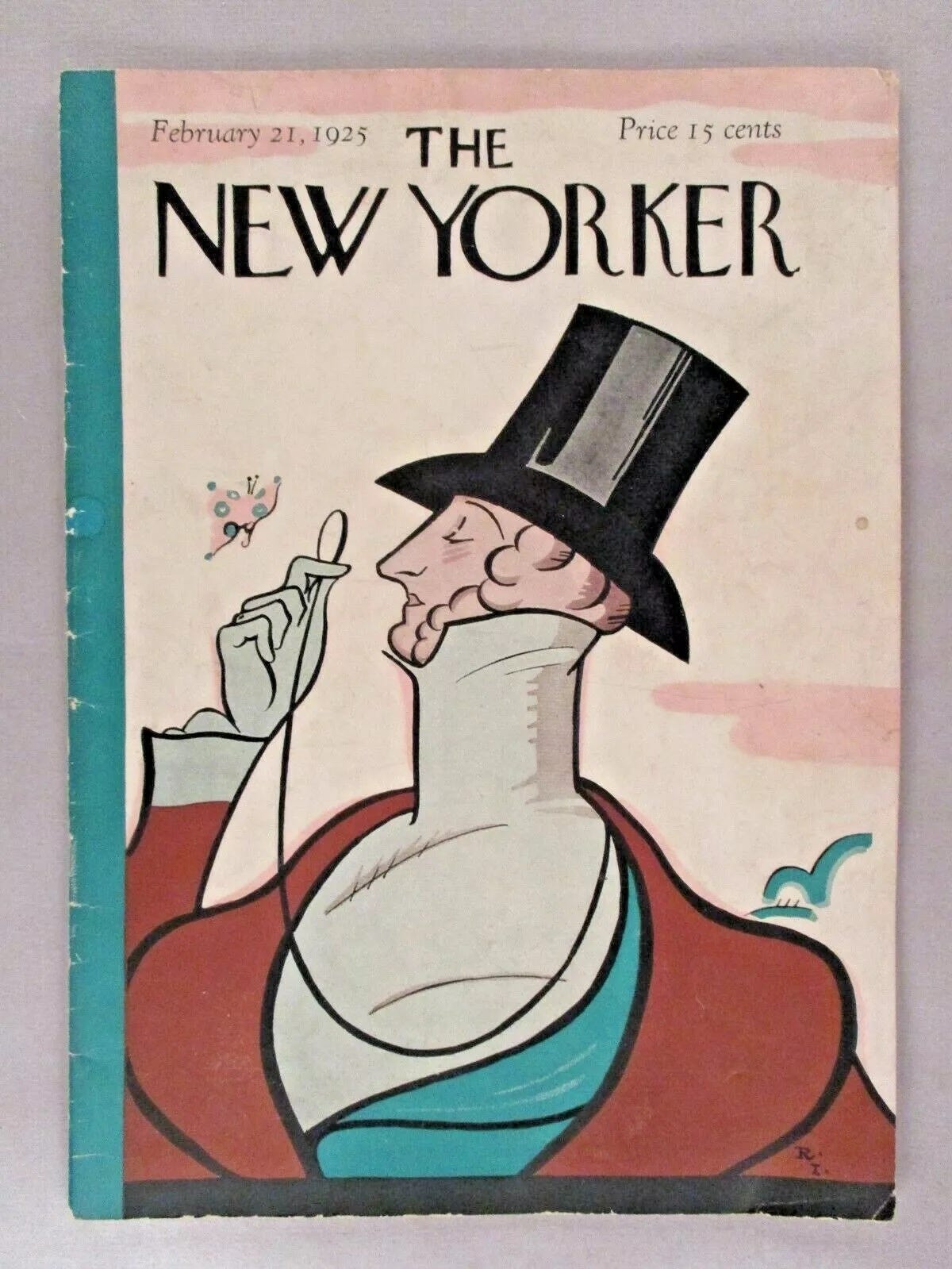
February 17, 2025
New York, NY
It was on this day in 1925 that the plucky little upstart magazine, conceived by a married couple in their apartment, first appeared on Manhattan newsstands. The discrepancy between the actual release date (Feb 17) and the cover date (Feb 21) is due to a common publishing practice: magazines often use future cover dates— Publishers want their magazines to appear “fresh” for as long as possible. A future date ensures that newsstand sellers don’t pull the magazine too soon, making it seem more current for a longer period.
As wrote today:
The magazine was initially a failure but picked up steam by year’s end. As noted in a variety of histories of the magazines, although that first issue didn’t set off fireworks, it contained foundational editorial and graphic elements that would last a century.
Consider the cover itself. The vertical “strap” remains to this day, as does the typeface (although it’s been tidied up a few times in the past century). A hundred years later, the cover still puzzles. And yet: Rea Irvin’s top-hatted fellow, later named Eustace Tilley, remains the graphic representation of the magazine. Perhaps I read more into that first cover than was intended by Ross and Irvin — perhaps not. I see it as a declaration of being the outsider, by not putting a movie star on the cover or a politician or an illustration tied to the week’s events. The cover dares you to look inside.
While at the drawing board this weekend, I decided to mark the occasion by daydreaming about what ol’ Eustace Tilley might look like today.
Given he looked about 30 in the original issue, he’d be around 130-ish years old today, but I like to think he’d still try to be distinguished, with good posture and still wearing his hat. His monocle would have a much stronger prescription, and —let’s be honest— it would be a lot bigger now. But he’d still be recognizable as the old dandy we’ve come to know and love.
There are a bunch of events happening this month to celebrate the anniversary— I’ll post all the details at the bottom of this post.
The cartoon exhibition at the Society of Illustrators is a must-see (I’m biased). The New York Public Library has also put together an excellent collection, as has the L’Alliance New York Gallery, which features some of the best covers over the past 100 years. I’d encourage everyone to take a look, as well as take a peek at David Remnick’s appearance on The Daily Show with Jon Stewart this past week:
The actual covers for the 100th-anniversary issue —collector’s items that will no doubt flood Ebay in 24 hours— are by a wide array of artists, with a twist on the traditional first cover. I really like that they did multiple covers and used different artists with varying styles; it illustrates just how much opportunity the magazine has given to artists of all kinds over the past century. The pool has all but dried up for gag cartoonists— the New Yorker is one of the last places we can sell our work.
Getting back to the covers: I always love seeing the different interpretations of the traditional Rea Irvin illustration. Some of my favourite artworks of all time happen to be New Yorker covers. My favourite is by one of the incredibly talented Hanuka brothers— Tomer. Both have done covers, I believe, but the one that always hit me in the heart was the one below: It’s called “Perfect Storm” and is one of the only pieces of art I’ve actually purchased off the Condé Nast store, but it has sat in my studio for nearly 10 years.
It originally ran during my first winter in New York, when there was a giant blizzard, and I was living in an old 5th-floor walk-up in Alphabet City— An old tenement building that looked awfully similar to the one in the image. It’s a good memory.
(Note: His twin, Asaf, has done some incredible artwork also. I highly recommend you dive into a Pinterest wormhole of their work.)
I also really liked seeing the very talented animator Florian Satzinger playing around with mash-ups of Tilley with other characters, creating a sort of steam-punk version of a Disney-style duck:
Being a MAD contributor and diehard fan I also really liked this parody cover done by Fred Stesney— I don’t know if it actually appeared anywhere, but it popped up on my radar a little while ago and combined the icons from the covers of —at one point— the only two magazines that bought my work.
I think my only other favourite that jumps to mind often is the incredible Ronald Searle, who has Tilley straddling the Empire State Building in a way that only Searle could pull off.
Read more about my thoughts on Ronald Searle here.
The New Yorker cartoonists are all getting together for a big 2-day unofficial shindig in Manhattan this weekend to celebrate the anniversary, and the magazine is doing its official shindig on the 25th. There will be much shin-digging this month to celebrate what has been an extraordinary accomplishment.
To read about my first time submitting to the New Yorker in person —eventually leading to my finally selling my first cartoon— you can click here.
I’d encourage you to take a look at the New Yorker’s special section of their website dedicated to the 100th Anniversary— in particular, Roz Chast’s piece on the cartoons of George Booth. It’s brilliant.
‘Til next time,
Your pal
CENTENARY EXHIBITION DETAILS:
Drawn From The New Yorker: A Centennial Celebration
Society of Illustrators | January 8 - May 3 at 128 E 63rd St, Manhattan
Looking at the cartoons, the viewer can’t help but see an individual behind the work. These pieces are expressions of the artist’s humor and worldview. For the most part, the editors at the magazine let the artists do their magic and rarely commissioned the work.
Covering The New Yorker
L’Alliance New York Gallery | January 21 - March 30, 2025 at East 60th Street, 1st Floor, Manhattan
This landmark exhibition focuses on what readers never see: the original artwork that gives rise to the printed covers. It offers a behind-the-scenes exploration of the artistry, storytelling, and editorial vision that have made these images cultural touchstones, illuminating how Mouly has transformed the magazine’s covers into a platform for bold visual narratives and thought-provoking commentary on global and personal events. While the focus of the exhibit will be on the original art and paintings–never before assembled on such a scale—some of the digital art will also be featured.
A Century of The New Yorker
New York Public Library | Opening Feb 22nd at 476 5th Ave, Manhattan
A new exhibit A Century of The New Yorker is opening at The New York Public Library, showcasing the history of The New Yorker from its launch in 1925 to present day and bringing to life the people, stories, and ideas that have defined the iconic magazine. The New York Public Library is the home of the New Yorker Records, which it acquired in 1991. The archive includes over 2,500 boxes, or 1,058 linear feet, and is one of the Library’s largest and most-used archival collections. The exhibit will run for a full year, no RSVP required.






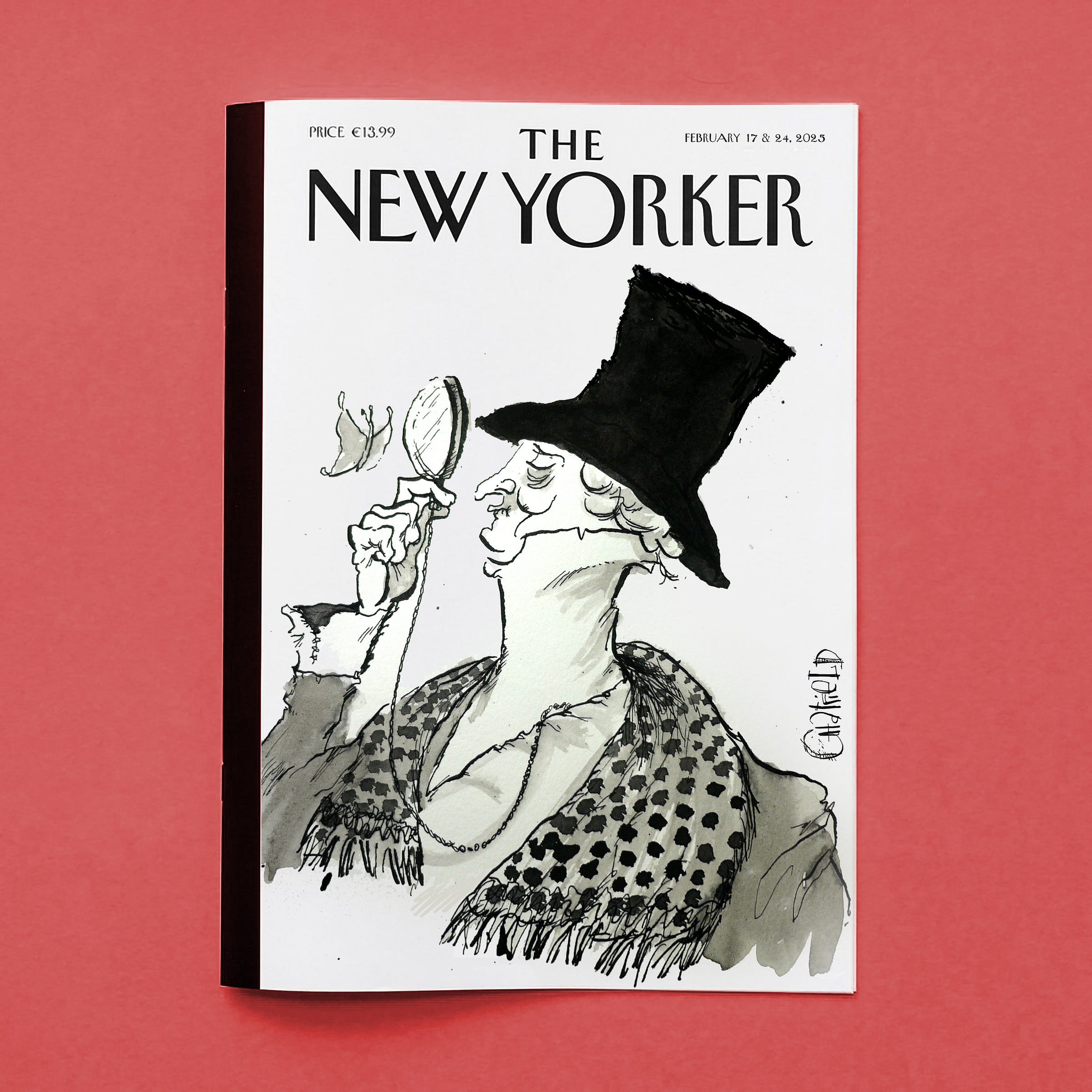
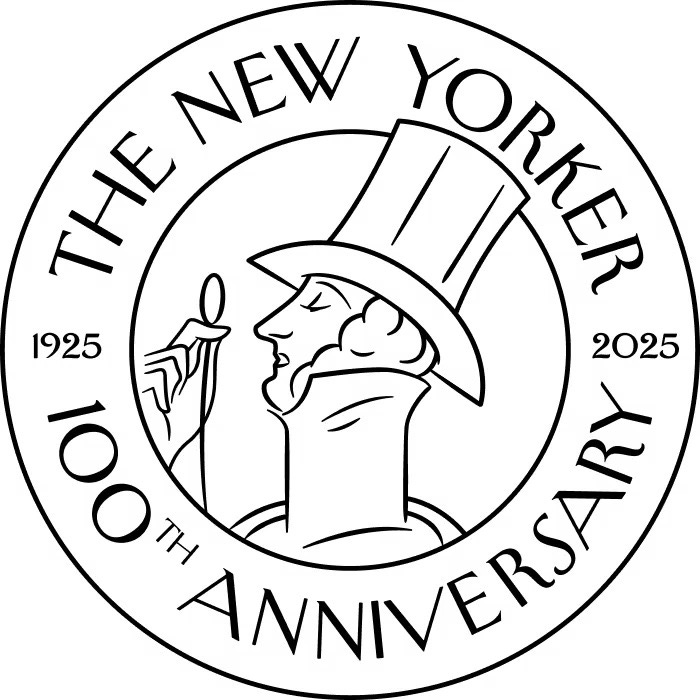
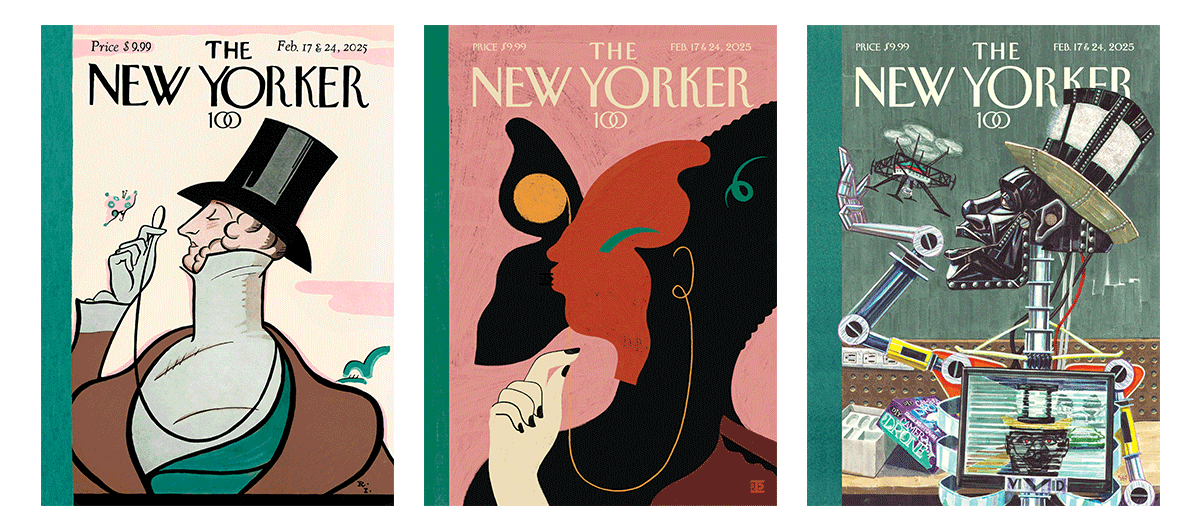
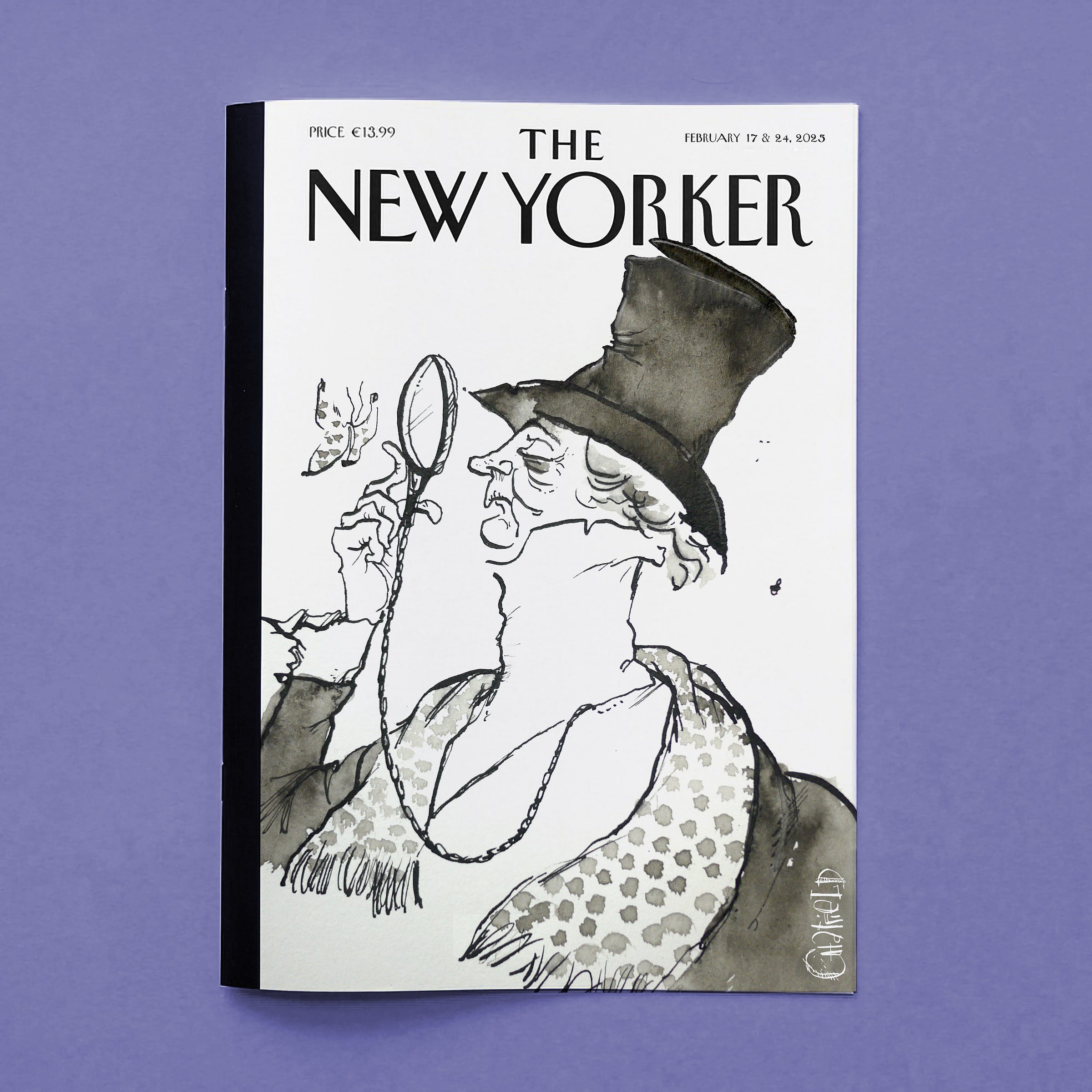
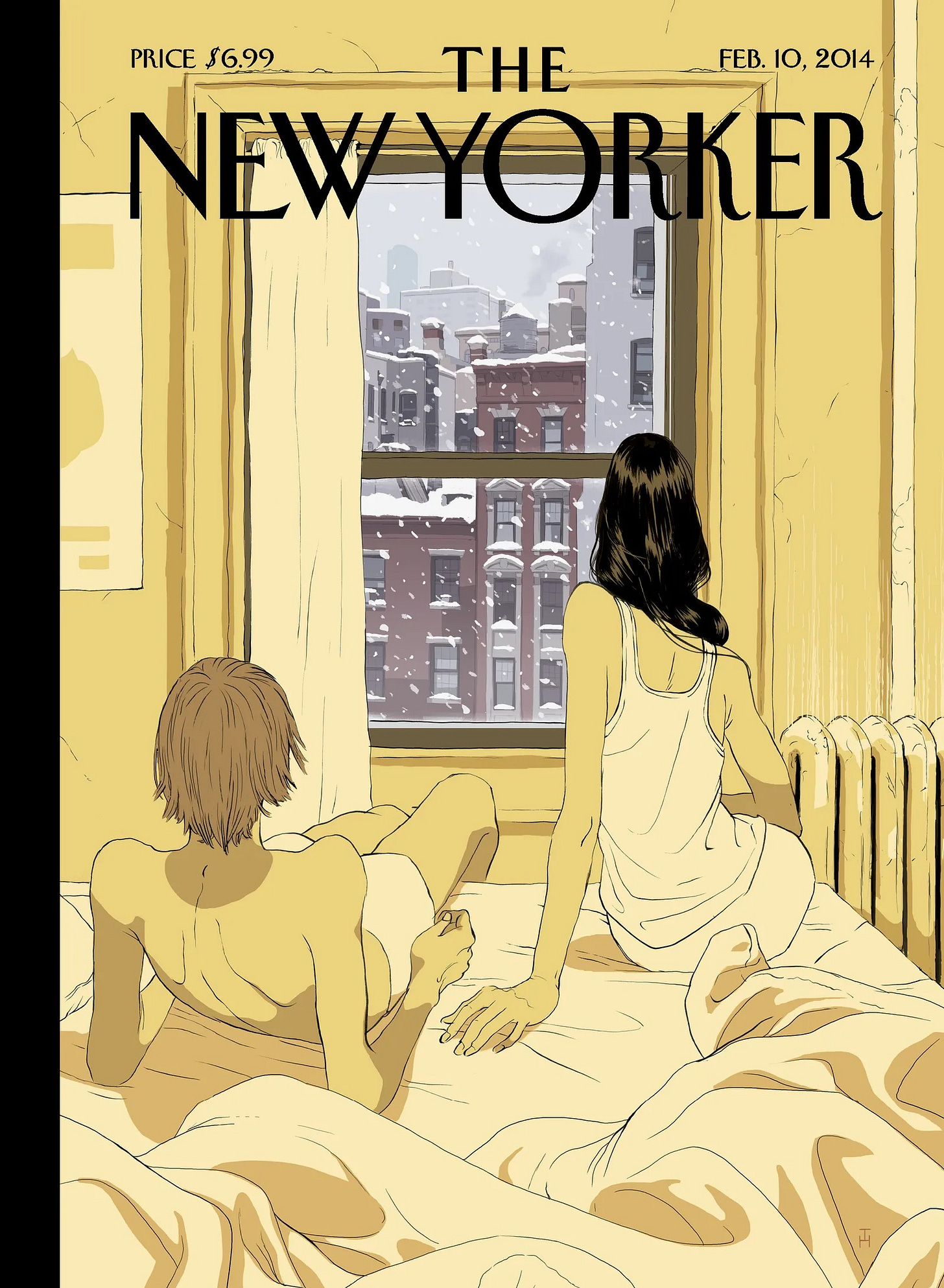
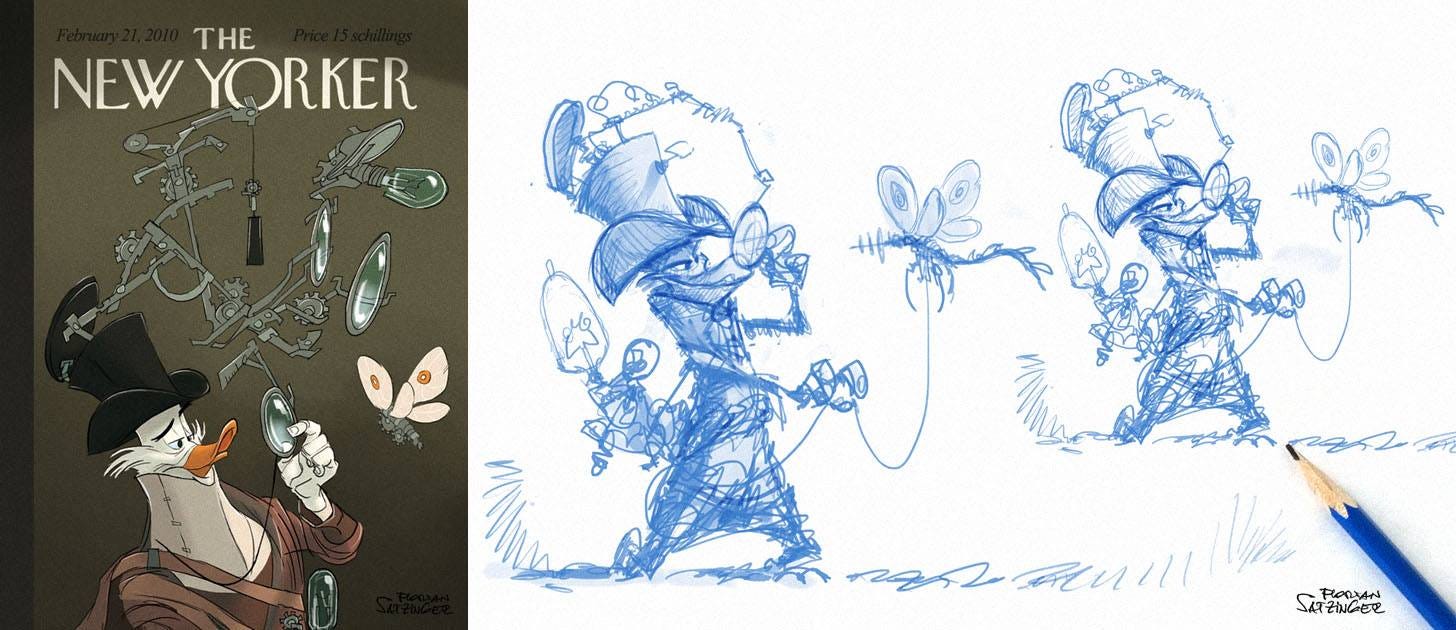
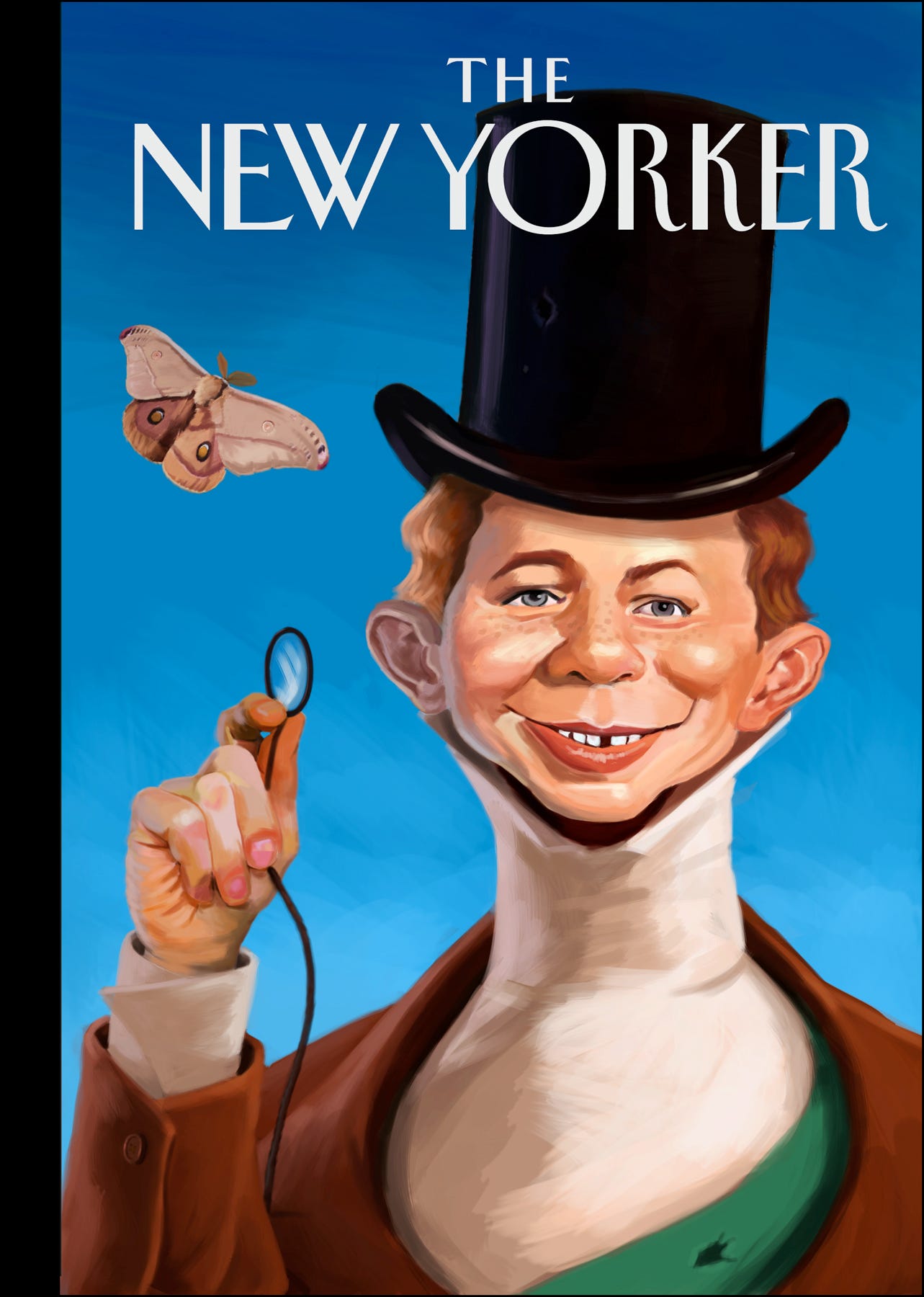
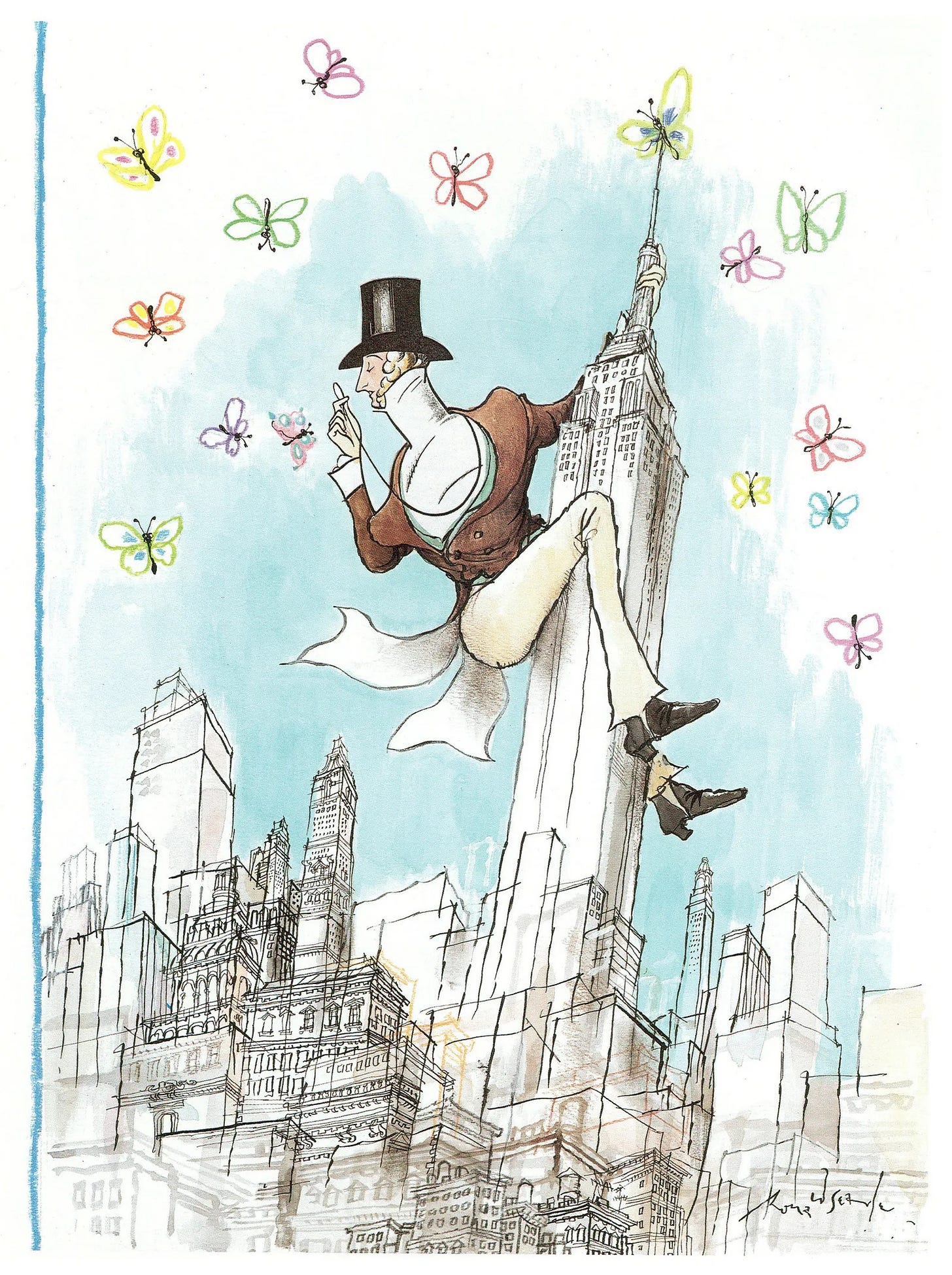
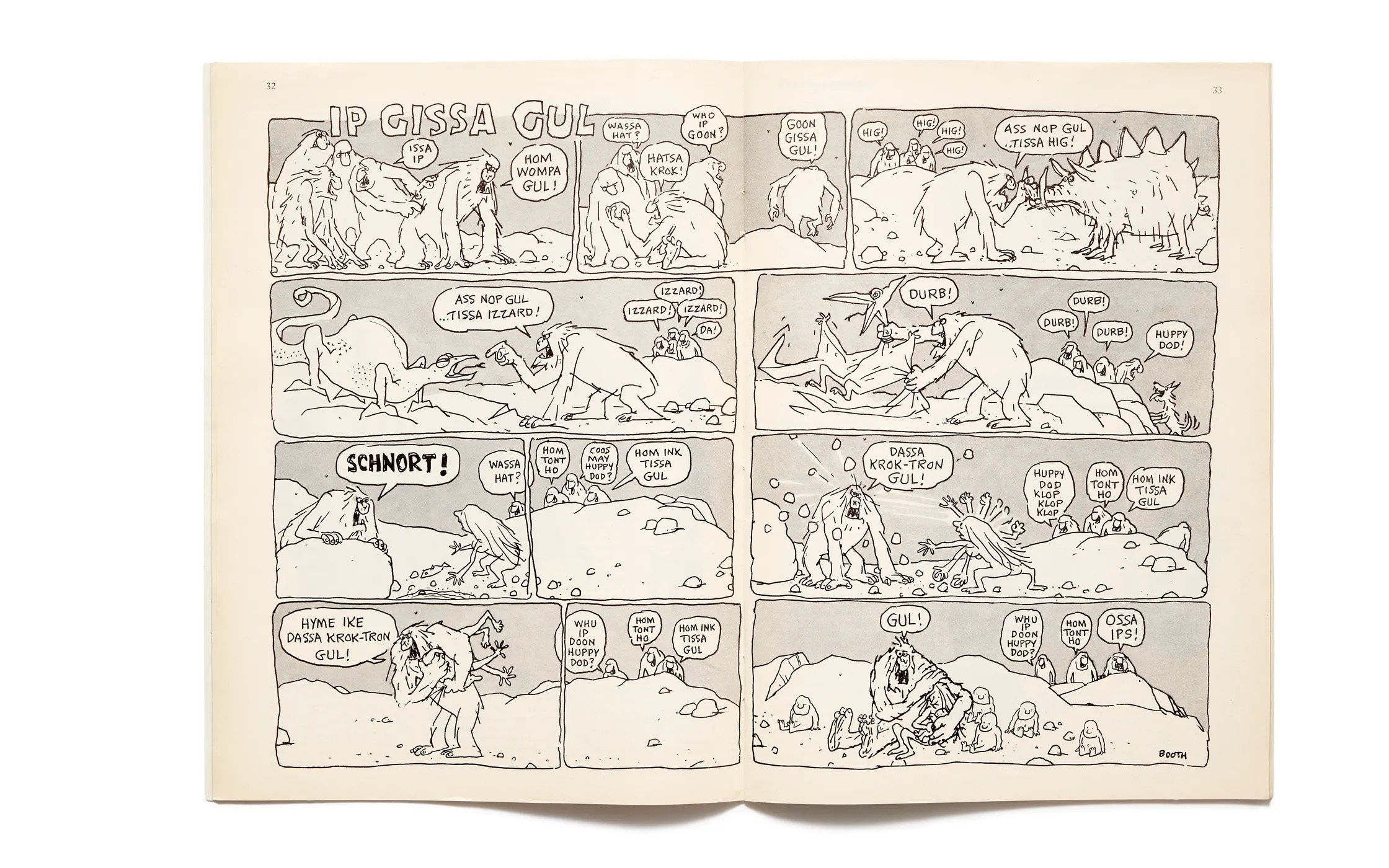


Jason- Love your Eustace Tilley covers. I just bought (at my local bookstore) “A Century of Fiction in The New Yorker 1925-2025”- my special reading project for this 100th anniversary year. Eustace is on the book’s cover.
I no longer read the New Yorker since you got rid of Andy Borowitz. He was one of the best parts of that publication.